
A channel guide for sceptics
Every organisation should have its own way of viewing, prioritising and using channels depending on its goals, the stakeholders it needs to connect with to achieve those goals and the experience it wants (and needs) to give them.
This requires a bit of time and thinking, but it pays to resist the time-poor temptation of borrowing another organisations' view. What works for them, won't necessarily work for you.
So be a channel sceptic. Consider every channel, every time. Don't be seduced by the apparent benefits of digital at the expense of exploring other modalities ... each has its own merits.
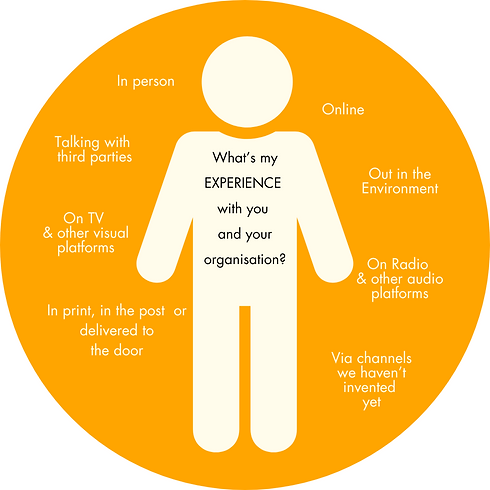
Ditch the linear thinking for an unbiased view of all channels
Who are the people you need to reach and engage in order to achieve your goals?
Which pathways (channels) do they use now?
What are their needs, limitations and preferences for engaging with you?
Where are the touchpoints along their pathways?
What is the experience you need to give them to achieve your goals, no matter which doorway and pathway they use?
Remember people (and that includes you) don't use channels in a linear way.
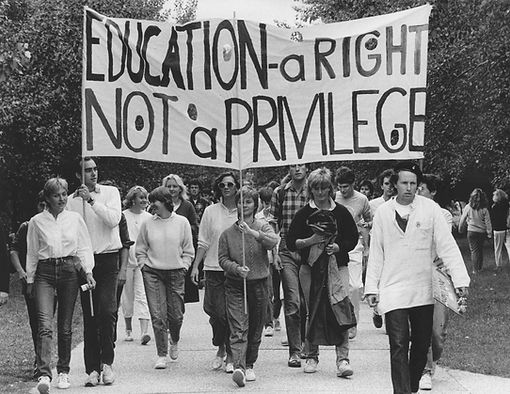
In person
Deliberative councils ... conferences, trade shows and other industry fora ... customer service ... events ... front of house ... media interviews ... meetings ... on the phone ... roadshows ... site visits ... work groups ... and yes BBQs even protests ... in fact anywhere where you and your stakeholders might meet, talk and get things done face-to-face.
Still the most powerful of all channels ... nothing beats human contact ... but keep different generations' needs in mind - studies show that there are significantly higher levels of social inhibition (shyness), caution and risks aversion across each successive cohort, starting with Millennials, through Generation Z before the pandemic to Generation Z during the pandemic.
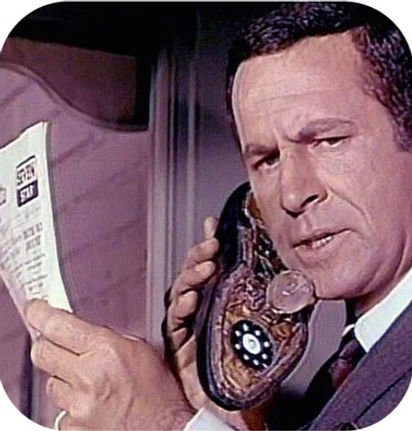
Online aka digital aka browser-based
Apps ... artificial intelligence ... augmented and virtual reality ... cloud ...collaborative fora ... desktops ... dialogue fora ... dynamic forms ... email ... experiential laboratories ... geospatial tagging ... internet of things ... laptops ... marketplaces ... massively multiplayer online games (MMOG) ... messaging services ... metadata ... mobile ... search engine optimisation ... social media ... streaming services ... surveys ... tablets ... voice assistants ... wearables ... web3 using blockchain ... worldwide web ... and the list keeps going on.
It's a weighty, whacky and wily wonderland of hardware, software, firmware, cloudware, code and endless algorithms all interconnected and extraconnected... but remember that around 11% of Australians (around 900,000 households) are not online and that 'mobile black spots' and limited online access is still a reality for many people particularly in regional, rural and remote areas.
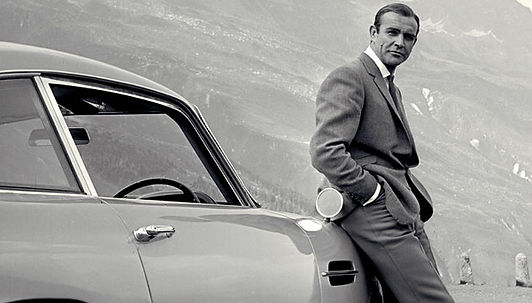
Third parties
Advocates ... agents ... allies ... ambassadors ... associations ... champions ... clubs ... consumer groups ... industry groups ... influencers ... intermediaries .. media ... multipliers ... peak bodies ... even service providers.
There is no better way to build trust and confidence ... to backup your story, your claims, your brand promise (and commitment to deliver on that promise) ... than to have someone else do the talking for you. The more independent and above reproach the better.
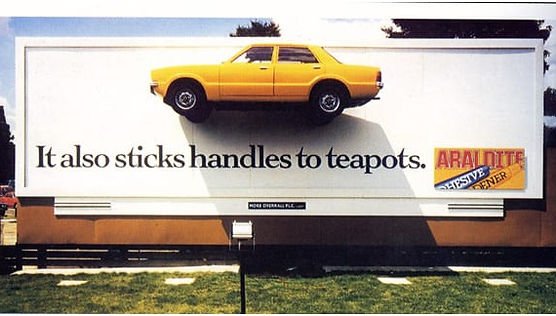
Environment
Billboards (old school and digital) ... cinema advertising ... equipment we use ... graffiti ... infrastructure ... noticeboards ... office buildings and shops (inside and out) ... playable posters ... pop-up shops ... signing ... street furniture ... uniforms ... vehicles and so on, only curtailed by your imagination.
Environment or out-of-home (OOH), in the great outdoors, in our place of work and at point-of-sale is a 24/7 way to reach people in their everyday lives ... it can be en masse or targeted to places, events, seasons and even demographics ... it can support other channels or be a tangible stand alone ... it can be powerful brand statement or a very personal message ... it can be functional or a work of art, or both.

TV and other visual platforms
For the most part, this channel is in a co-dependent relationship with your browser, but let's take a purist approach ... there's many dimensions to this channel including broadcaster video on demand (BVOD) ... cinema ... digital television ... Direct response TV ... free to air (still breathing well, particularly in regional, rural and remote areas) ... multi device ... playback TV ... subscription video on demand (SVOD) and more ...
Tv and other visual platforms generats 69% of video content across all channels and are the most trusted, most liked, most likely to evoke emotion and make you laugh.

Radio and other audio platforms
Music ... podcasts ... radio (FM, AM and DAB+ digital transmission services) ... voice assistants/smart speakers ... there's not a lot to list here but what's in play packs a punch.
As it turns out, video did not kill the radio star! To the contrary, radio is riding the endless digital wave to continue to create relationships like no other channel can.

Print, post, deliver
Anything you can put a stamp ... books ... courier ... deliver by hand ... gift ... magazines ... office stoppers ... product packaging ... things you can hold in your hand.
Dismiss the power of print at your peril. It fills a gap that other channels leave behind. If you're seeking tangibility, legitimacy, gravitas and a real connection between you and your stakeholders give them something to touch, feel, smell and display.

Channels we haven't invented yet
Half ice, half fire ... non-Abelian topological order ... time quasicrystals ...topological qubits ... all new forms of matter beyond solids, liquids and gas states which scientists are discovering ... and which have potential application in areas such as quantum computing, materials science and, who knows, maybe even marketing communications ... after all we are living in an era where sci-fi is becoming sci-fact.
I always think of the hard science fiction author Greg Bear and how characters in his The Way series of books communicated through pictographs ... just a hop skip and a jump from emojis ... and then my brain explodes in a collision of semiotics and new forms of matter.